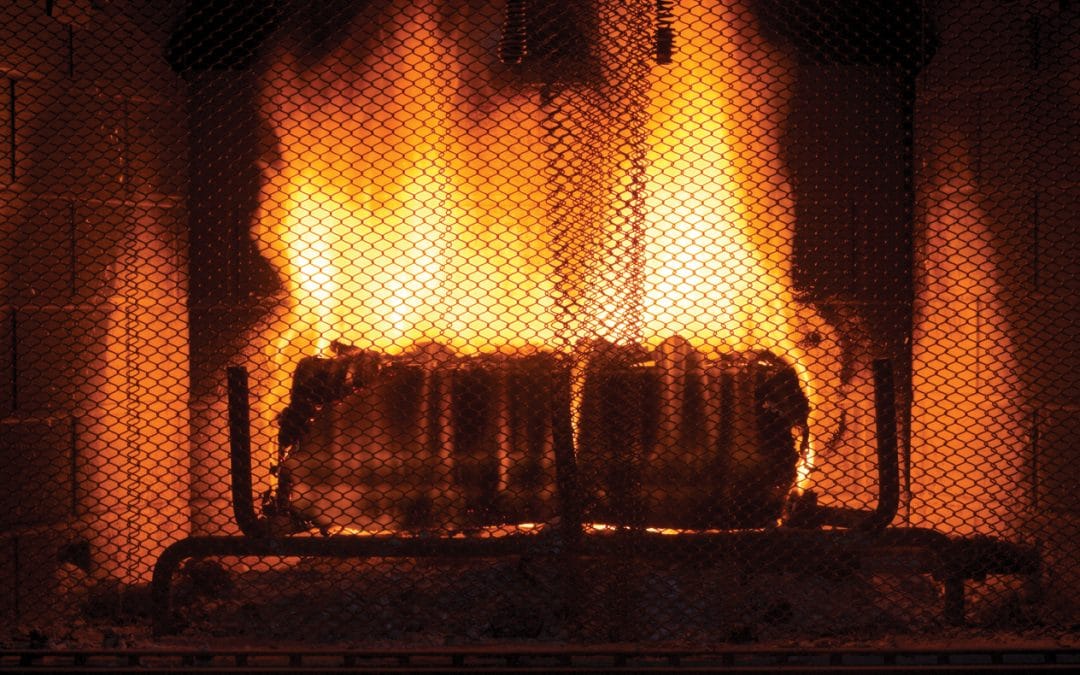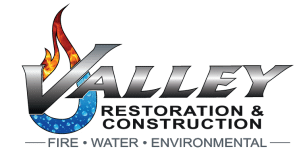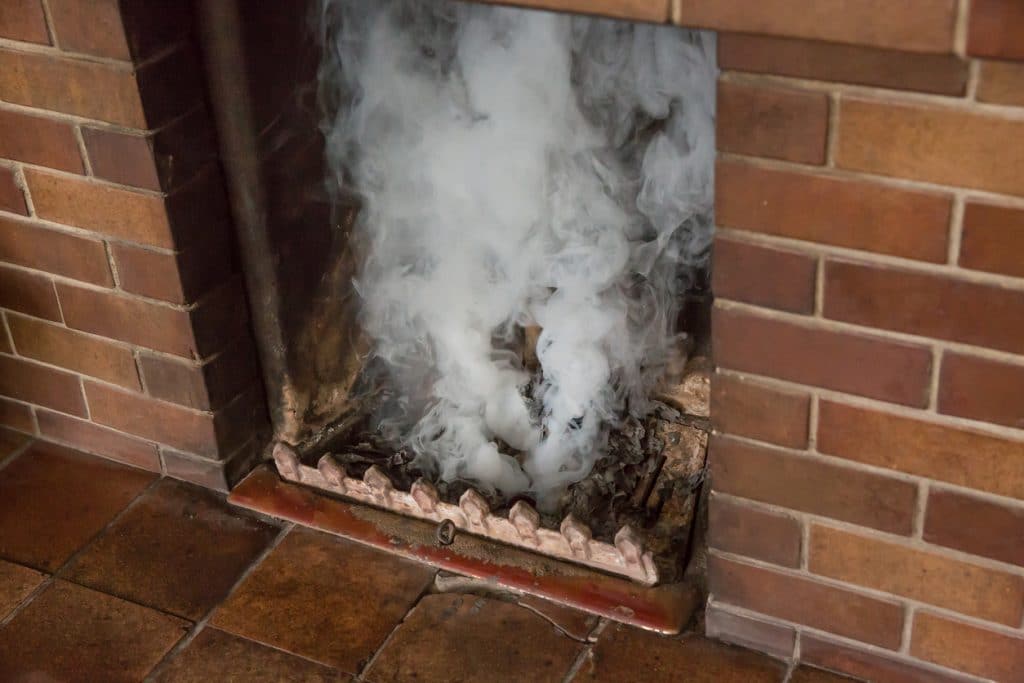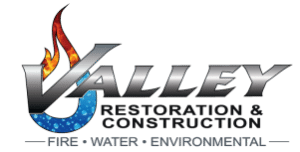
Fall Is Here: Tips for Fireplace Safety
There is no mistaking: damp mornings, cool evenings, and rains are here to remind us that fall is upon us.
It’s the moment where we all gather inside and look for cozy afternoons in the living room. For the lucky ones who have a fireplace, it’s the time of year to start firing it up. A roaring fireplace adds warmth to our indoors and is a great gathering place for friends and family.
However, over 25,000 fires are caused by fireplace chimneys every year in the United States alone. These often cause fire and smoke damage and require home restoration.
With a few helpful tips and some careful steps, you can ensure that your fireplace is safe to use throughout fall and winter.
1. Take Care of Your Fireplace
Have Your Fireplace Cleaned by a Professional
Even if you only use your fireplace sparingly, it is good to have a professional clean it once a year. Soot and creosote build up on the chimney. As carbon particles build up on the chimney walls, they act as fire fuel. This is an important danger because a chimney fire can lead to a house fire. Additionally, fire in the chimney can cause the chimney to crack.
Check for Soot Buildup in Your Chimney
Soot buildup blocks the chimney and prevents it from directing the smoke out of the house. More smoke remains in the hearth, which is pushed back into the house as it doesn’t have an escape route. Smoke causes health damage to the lungs and eyes and is dangerous for adults and children alike.
Check for Cracks in Your Chimney
Before lighting up your fireplace, make sure your chimney doesn’t have any cracks. Cracks in the chimney can let smoke escape into your house. If an opening lies in the exposed part of the chimney, water may come in through the cracks.
Open the Damper
When it’s time to fire up your fireplace, check that the damper in your chimney is open. You need to bend and look inside the chimney, ideally with a flashlight. The damper lets smoke out through the chimney and helps air circulate in the fireplace and hearth. If it’s partly closed, even a little, the fireplace may smoke.
2. Use Quality Wood in Your Fireplace
Choose Dry Wood for Your Fireplace
You should only burn seasoned, dry wood, ideally from local suppliers. Dry and well-aged wood will burn slowly without producing too much smoke.
Avoid using wet or green wood as this will both produce a lot of smoke and cause soot to build up on the inside walls of your chimney.
Never Burn Anything Other Than Wood
Your fireplace is made to burn wood. Do not burn plastics, wood treated with varnish, or garbage. All these will generate toxic fumes, which are harmful to your health.
Store Your Wood in a Dry Place
Store your fireplace wood in a dry place. This will keep your logs dry and ready for fall and winter. Make sure your wood logs are not stored close to a fire hazard, for instance, next to the fireplace.
3. Clean Ashes from Your Fireplace
Do Not Leave Ashes
Do not leave ashes and coals on your hearth. They will block the firebox and prevent air from circulating in your fireplace. Too many ashes and coals produce smoke because smoke can’t circulate enough to rise up the chimney.
Dispose of Ashes and Coals
Once you have lit up your fireplace, wait for ashes and coals to cool down completely and dispose of them. Remember that even tiny embers of fire can catch fire if in contact with combustible materials, so it is best to dispose of ashes by placing them in a non-flammable container.
4. Position Logs and Keep an Eye on Your Fire
Place Logs in the Back of the Fireplace
When you start your fire, place a few logs at the back of your fireplace. This way, the smoke will be directed toward the chimney instead of escaping from the front.
Do not overstuff your fireplace with logs. They will block air circulation and temperatures will rise to dangerous levels. Not only can this lead to fire danger, but it can also cause your chimney to crack due to the high temperatures.
Place a Fireplace Screen
When your fire is going, place a fireplace screen or guard in front of the fire to prevent embers and hot ashes from escaping from the fireplace. This will keep your home safe.
5. Check Your Smoke and Carbon Monoxide Detectors
Before fireplace season, check your smoke and carbon monoxide detectors. They are crucial in case of fire and can save your home from extended fire damage—not to mention your lives.
Also, have a fire extinguisher positioned close to your fireplace, in case of fire. It is the easiest way to stop a fire from ravaging your home. The last thing you want is to waste precious time looking for a fire extinguisher in the event of a fire.
Valley Restoration and Construction Are Always Available
Despite your best efforts to take care of your home, sometimes accidents happen. In that case, follow these first steps after a fire to save as much of your property as possible, then call us. Valley Restoration and Construction are here to restore your home and build it up again. The sooner you call us, the less damage your home and belongings will suffer.


